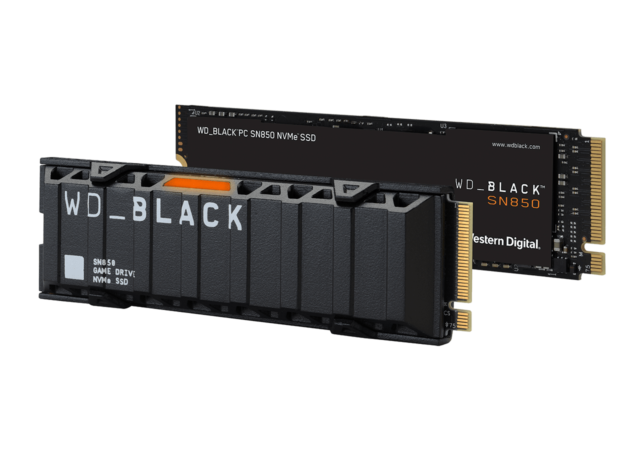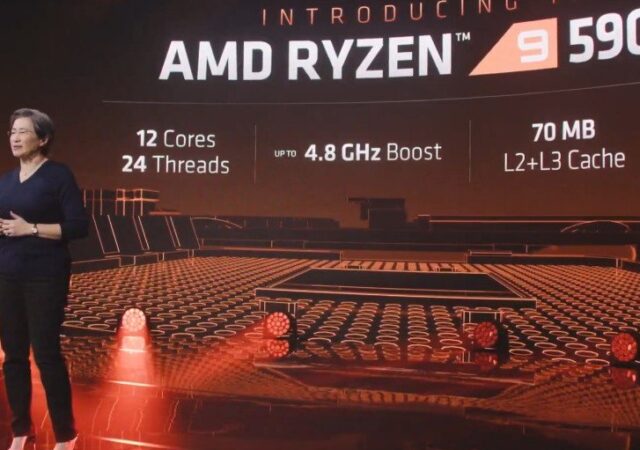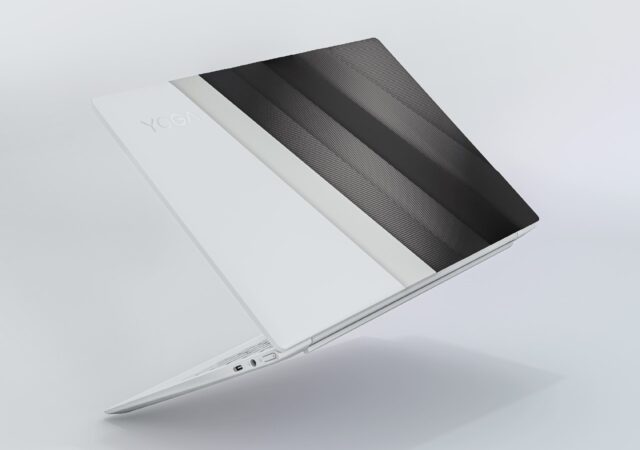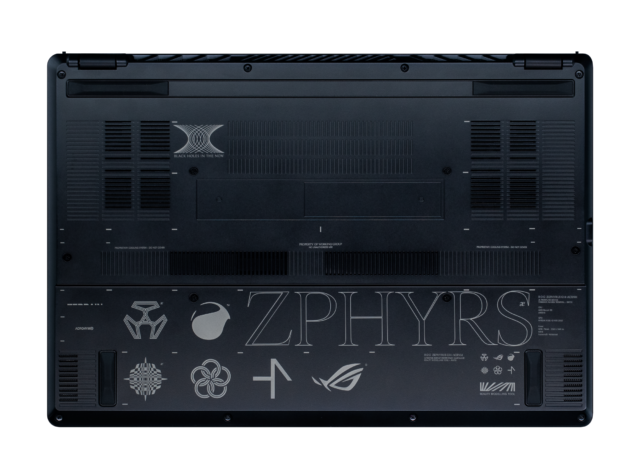Razer finally releases the Iskur gaming chair with unique lumbar support and adjustable arm rests for US$ 499.
BenQ Monitor GW2780T and Monitor Light ScreenBar Will Protect Your Eyes
BenQ just released their new larger GW2780T Eye-Care Monitor and Monitor Light ScreenBar in Malaysia for MYR 899 and MRY 599 respectively.
Western Digital Announces the Black SN850 SSD with 7GB/s and 5.3GB/s Read/Write speeds – The New Speed King
Western Digital just released their brand new Black SN850 SSD, the fastest SSD in the world yet with 7GB/s write and 5.3GB/s read speeds.
Intel Confirms “Rocket Lake”, 11th Generation Intel Cores for Q1 2021, with PCIe 4.0
Intel’s CEO confirms the existence of their 11th Generation Core CPUs, codenamed ‘Rocket Lake’ and touts Q1 release.
The AMD Ryzen 5000 Has Been Revealed, and it is Glorious
AMD has just released their highly anticipated AMD Ryzen 5000 series with Zen 3 architecture. It is now the most powerful in the world.
Thin, Light, Stylish – Meet the Lenovo Yoga Slim 7i Carbon
Lenovo’s Carbon line up has long been reserved for its premium ThinkPad line up which the company gears for corporations. However, this year, Lenovo is trying something new by bringing the Carbon’s signature thin and light form factor to its…
[VMWorld 2020] WMware Tanzu Harnesses the Power of Kubernetes
Kubernetes does not have to be difficult with VMware Tanzu, now included in VMware vSphere and Cloud Foundation,
ROG Zephyrus ACRONYM Edition Lands Brings New Focus on Gamers
ASUS ROG collaborates with ACRONYM to reinvigorate gamers with a stylish design.
Samsung Holds the AI Forum 2020 via YouTube in November 2020
Samsung is holding their 2020 AI Forum to talk about all things ‘Artificial Intelligence” on the 2nd of November 2020 via YouTube.
The HONOR MagicBook Pro and Watch GS Pro is now Available in Malaysia for MYR 3,559 and MYR 999!
HONOR just launched their brand-new MagicBook Pro notebook and Watch GS Pro smartwatch for MYR 3,599 and MYR 999 respectively.

















